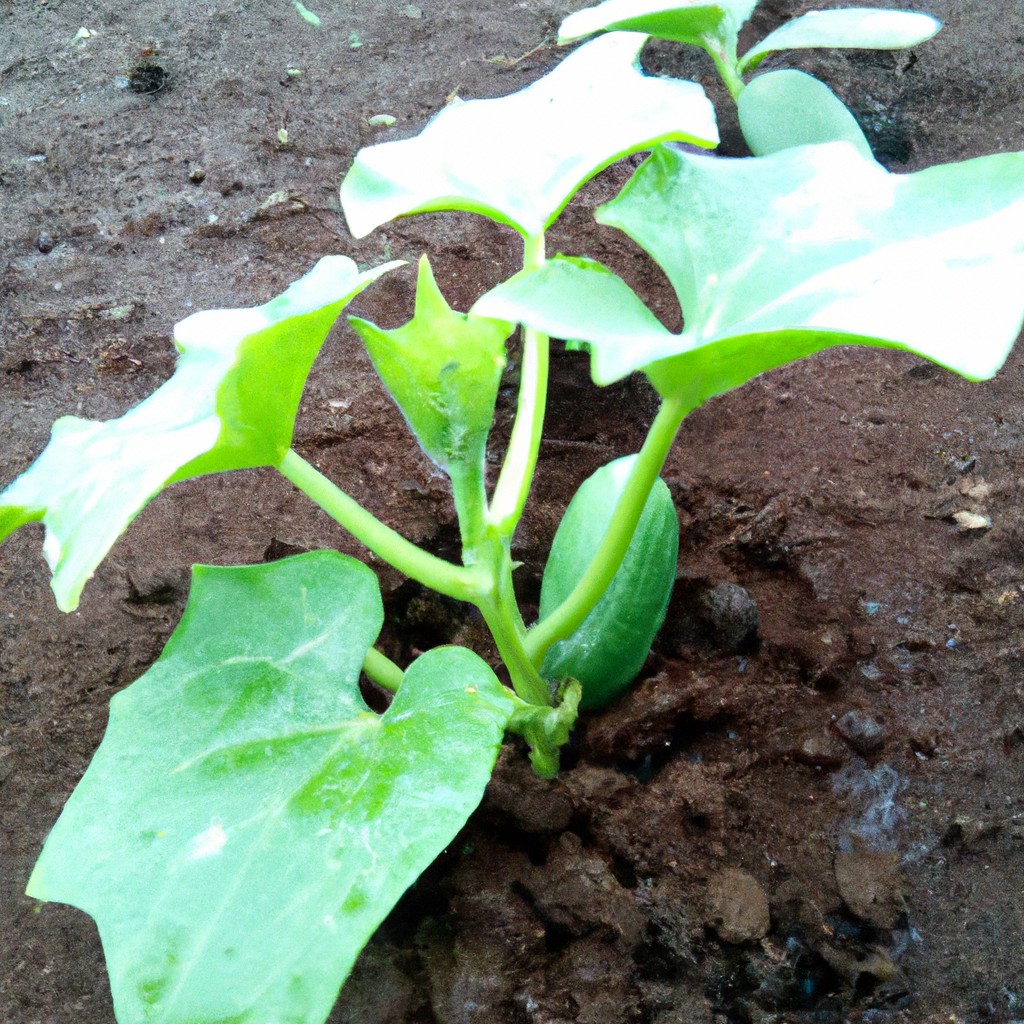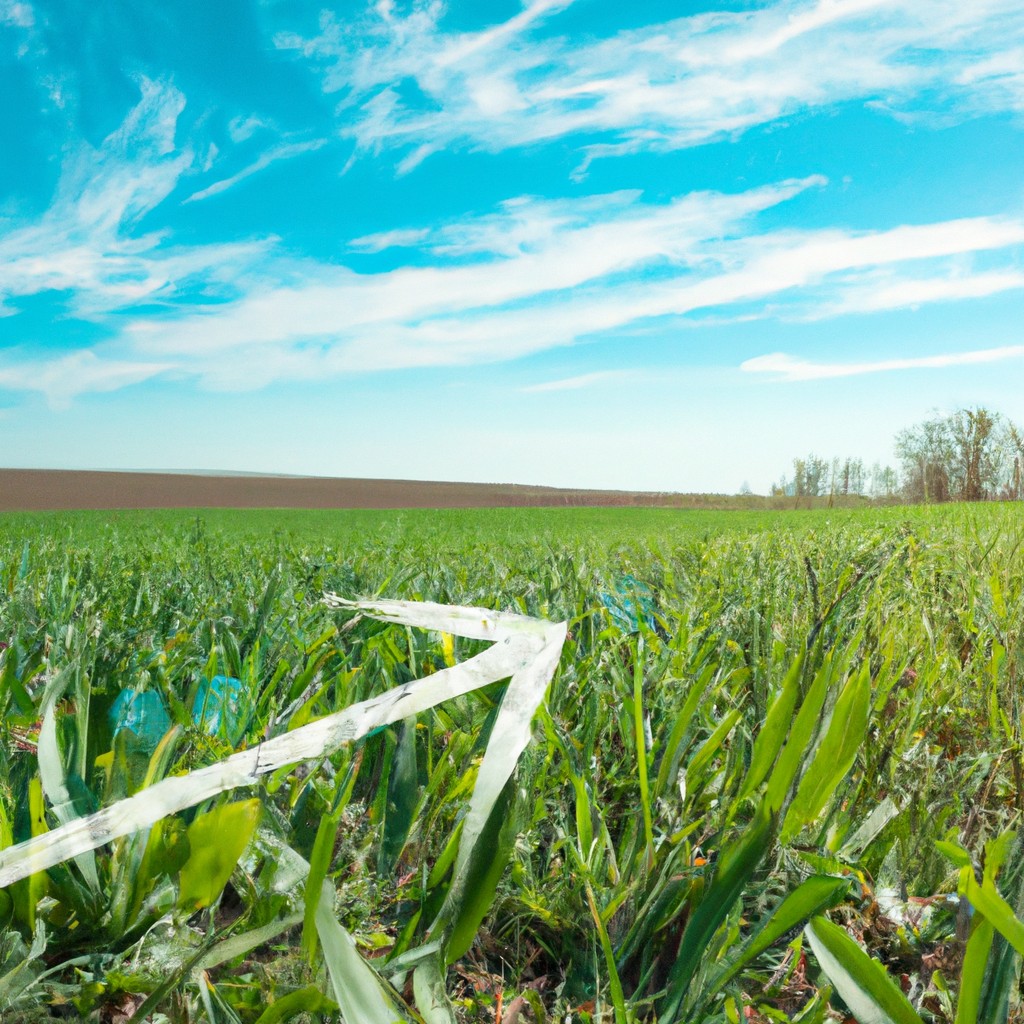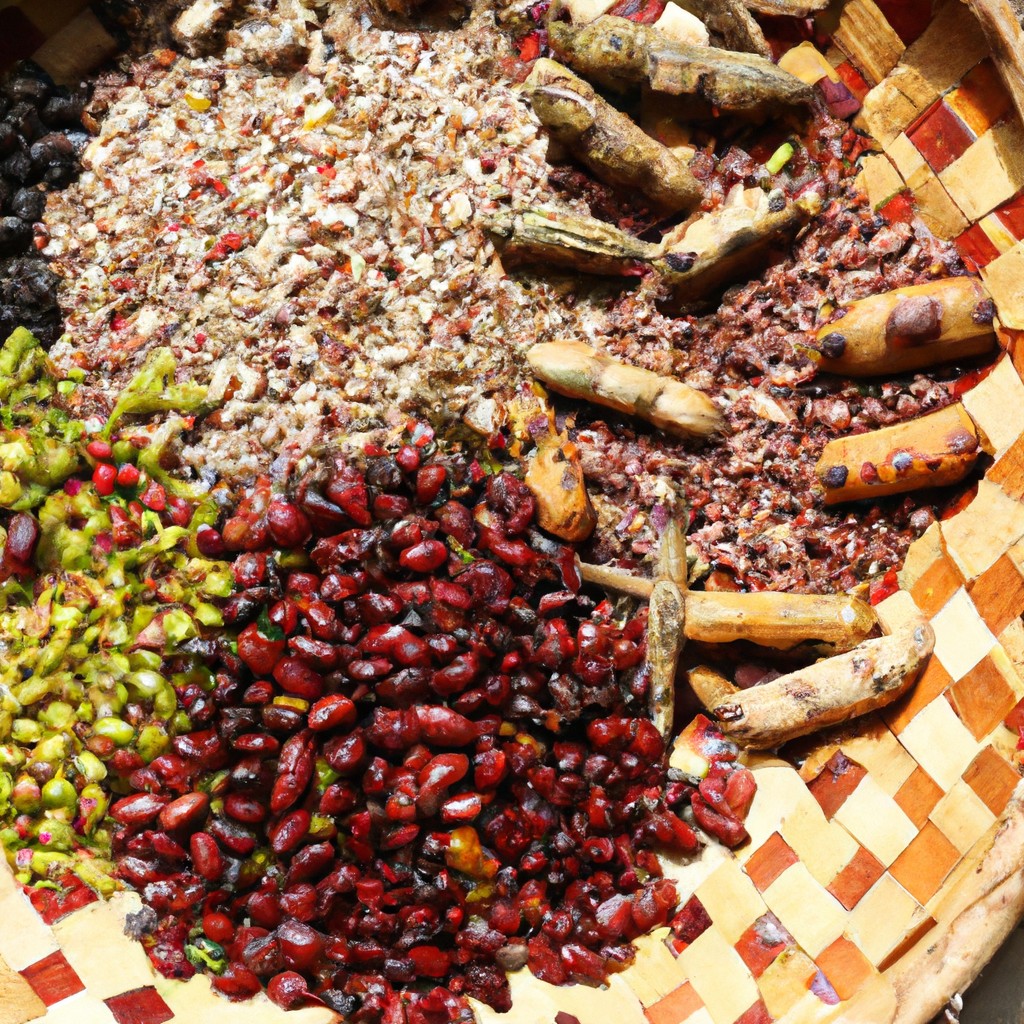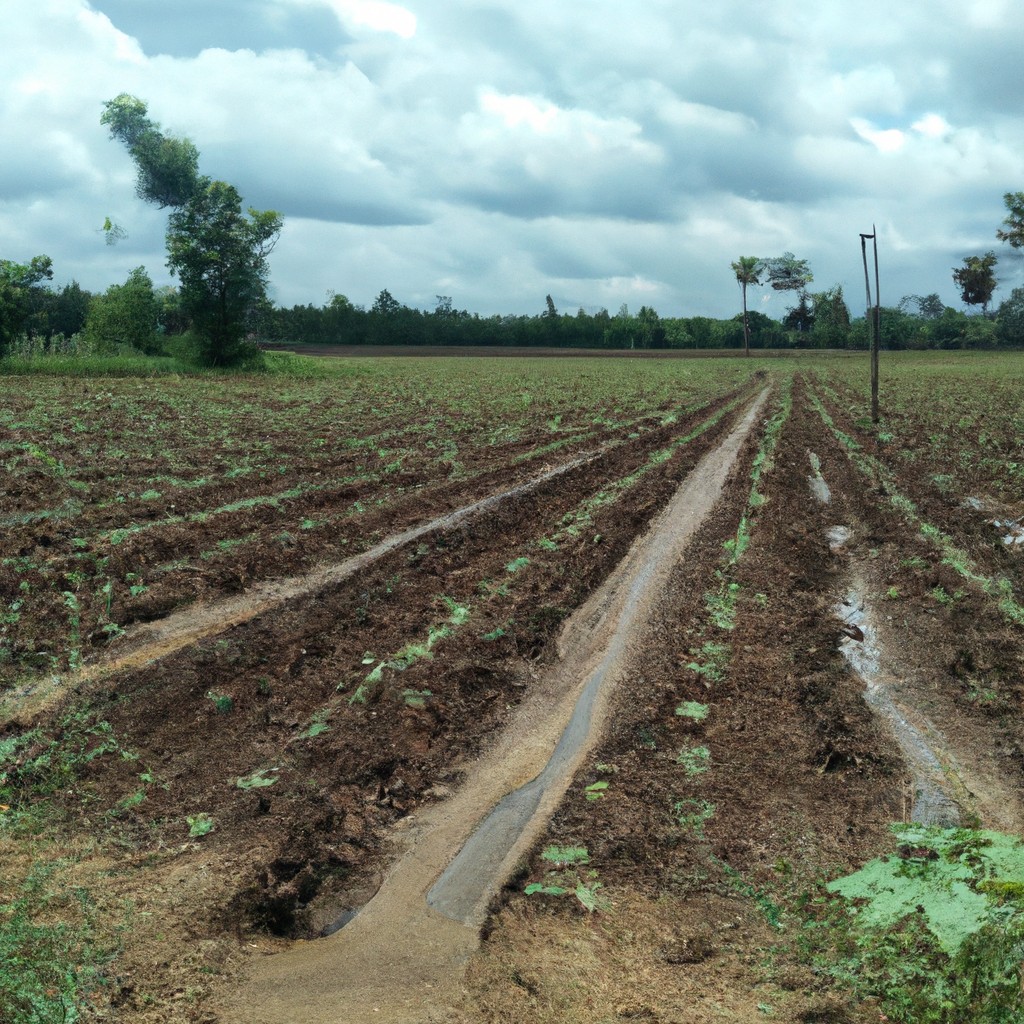Get ready to understand the ins and outs of organic farming and why it’s not just about ditching the synthetic stuff.
Look Inside:
Definition and Key Principles

Organic farming takes a swing at agriculture by embracing the natural world’s eccentricities instead of fighting them. It’s like hosting a bug party and hoping the beneficial bugs gobble up the pests before the vegetable gate-crashers arrive.
The approach skirts synthetic fertilizers and pesticides, giving the thumbs-up to compost, crop rotation, and other natural goodies. Picture it as nature’s own version of recycling, but instead of soda cans, it’s nutrients doing the cha-cha back into the soil.
It’s not just mud pies and green thumbs. Organic farming is rooted in principles like enhancing soil fertility, promoting biodiversity, and maintaining ecological balance. In essence, it’s farming that gives Mother Nature a high-five without leaving any chemical fingerprints.
Enrich the soil, enhance ecosystems, and encourage diversity—organic farming covers it all like mulch on bare dirt. And all while keeping chemical nasties at bay. It’s like farming with a superhero cape. Saving the planet, one earthworm at a time.
Regulation and Standards
Think of organic farming standards like the rulebook in a high-stakes game of Monopoly, except for carrots and potatoes rather than plastic hotels. These standards are crafted to maintain the integrity of organic farming and ensure products are as pure as a superhero’s intentions.
Firstly, no sneaky synthetic pesticides or fertilizers allowed – only naturally derived inputs get a golden ticket. Next, gene-splicing mad scientist experiments? Outlawed. Genetically modified organisms are strictly a no-go zone.
Thirdly, animals get the VIP treatment: open spaces, organic feed, and no antibiotics unless they’re really under the weather. If chickens could high-five, they would. And let’s not forget certification. Farmers need a badge of honor from regulatory bodies, which scrutinize practices to ensure they’re growing right.
It’s serious business. But hey, when your mission involves saving the world one kale leaf at a time, it should be.
Organic Farming Methods
Crop rotation is like a dance party for plants. It keeps soil nutrients popping and pests confused. Instead of playing favorites with one crop, farmers mix it up, giving the soil a balanced diet.
Companion planting brings biodiversity into the fields. Think of it as setting up a matchmaker tent for plants. Marigolds dine with tomatoes, repelling pests and attracting beneficial insects like it’s their new hobby.
Say “no thanks” to synthetic love. Farmhands use natural fertilizers like compost and manure to pump up the soil without synthetic nitrogen shakes. These are the farm equivalent of a homemade smoothie.
Weed control? More like organic ninja training. Farmers welcome mulching and manual weeding, letting nature handle it like a boss instead of relying on chemical warfare. It’s like letting weeds know they can’t sit with us.
Protecting our plant friends organically means letting Ladybugs be the backyard bouncers and using friendly predator insects. Call it nature’s pest control squad. This crew keeps things balanced, minus the synthetic sprays.
Advantages and Challenges
Sow the seed of organic farming, and watch a world of advantages blossom. It reduces chemical runoff quicker than a rabbit evades capture, improving water quality and ecosystems. Biodiversity flourishes like daisies in a meadow, giving nature a high-five.
Now, before we trade all our farm hats for organic halos, let’s peek at the not-so-rosy side. Organic farming may demand more elbow grease than conventional farming, calling forth sweat like it’s going out of style. Yields sometimes play hard to get, like trying to find a clean shirt after laundry day.
Economically speaking, initial costs can be the villain in the organic plot, deterring new entrants. But hey, nobody said going green was easy! Balancing these challenges with nature’s perks, organic farming remains an enticing endeavor for the eco-conscious.
Impact On Environment and Economy
Organic farming doesn’t just make veggies taste better; it’s like a superhero for Mother Earth. It reduces pollution by sidestepping synthetic pesticides, keeping rivers cleaner than a whistle. Biodiversity throws a party as organic fields become safe havens for wildlife. Bees, bugs, and badgers—oh my!
On the economy side, organic products can fetch a higher price. Farmers can earn a snazzy premium, helping small-scale operations thrive. But, organic farming demands more elbow grease. It’s labor-intensive, meaning more jobs, but also more sweat. It’s win-win—kinda. As for food security, slower yields can be a hiccup, but resilient practices could keep our salad bowls full in the long haul.
Organic farming—where good vibes meet green thumbs.




